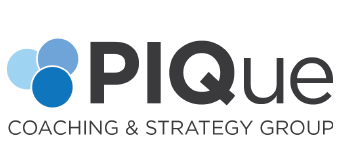As aerospace and defense players accelerate their mission to transition from hardware to software, we see four talent imperatives.
Incumbent companies in the aerospace and defense (A&D) sector are often known for their program-centric operating models, functional process discipline, and adherence to customer requirements. When it comes to technology talent, however, these strengths can also be weaknesses. As software and digital solutions become ever more pervasive, the core characteristics of the sector have become a barrier to attracting and retaining the technology talent it needs—which will ultimately inhibit performance.
The technical skills traditionally required at A&D companies focused on engineering and building hardware. Now, however, hardware is often secondary to, or on par with, the software that controls almost every aspect of its operations. The complexity of the software in aerospace systems is becoming increasingly exponential, too: it is almost doubling every four years—and has been for at least five decades. 1 Over the past two years, this rebalancing accelerated as the impact of COVID-19 required companies to do more with less, and more quickly.
…These examples are increasing in frequency and bring with them an entirely new set of software talent needs in traditional hardware industries. In the game of catch-up, the biggest A&D companies, we estimate, currently hire two software engineers for every hardware engineer. But even then, amid significant outflows, few have secured all the talent they need…




